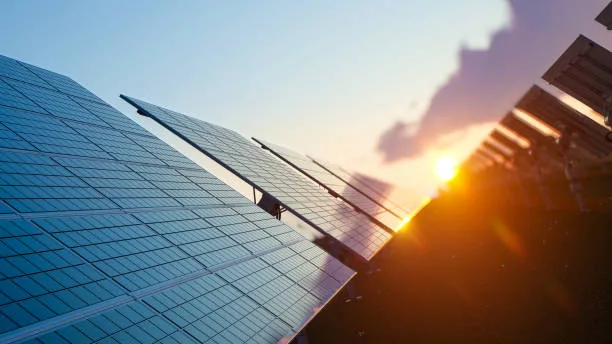The recent Energy and Petroleum Statistics report published by Kenya’s Energy and Petroleum Regulatory Authority (EPRA) sheds light on the country’s energy generation and consumption trends during the period of July to December 2023. These insights reveal an encouraging surge in renewable energy implementation across the nation.
A Surge in Renewables Contribution
EPRA’s Director General highlighted a significant milestone in their report, showing renewable energy sources comprising a remarkable 84.93% of Kenya’s total energy generation. The addition of the Sossian geothermal power plant in October 2023, with its 35MW capacity, further strengthened this figure and contributed to the robust supply and reliability of power in the Central Rift region.
Emergence of Distributed Renewable Energy
Industrial and commercial sectors have not stayed behind in embracing green energy; distributed energy resources, mostly from solar photovoltaic (PV) systems, have seen an impressive rise in installed capacity. The period in review reported an additional capacity of 196.2 MW, bringing the cumulative captive capacity to an impressive 449.5 MW, equivalent to 12.18% of Kenya’s total installed power capacity.
The Kenya-Ethiopia Power Connection
Furthermore, a strategic move was the operational commencement of the Kenya-Ethiopia 200MW High Voltage Direct Current (HVDC) link in December 2023. Cleverly tapping into Ethiopia’s vast hydropower resources, this cross-border electricity highway contributes significantly to Kenya’s green energy mix.
Challenges with Energy Curtailment
However, the oversupply of energy during off-peak hours, especially from imperatively running sources like wind farms, necessitated the curtailment of a substantial portion of Kenya’s energy capacity – primarily affecting geothermal plants. A notable 71.86% of the curtailed energy was geothermal, with December experiencing the most significant cuts due to increased hydro energy usage coinciding with heavy rainfall.
Encouraging Electric Mobility in Kenya
Addressing the excess overnight electricity production, Kenya has promoted the adoption of electric mobility. Initiatives include introducing a specialized electricity tariff for the sector, aimed at catalyzing its growth. With rates set at advantageous prices compared to standard tariffs, and a fixed price structure until the 2025/2026 fiscal year, the framework supports Kenya’s move towards sustainable transportation.
Impact on Kenya’s Economy
The introduction of economic incentives, such as the reduced Time of Use (TOU) rates for commercial categories, align with the strategic objective to lower Kenya’s significant fossil fuel import bill. These measures aim to stimulate the uptake of electric vehicles, thus positively impacting Kenya’s trade deficit.
Electric Mobility’s Emerging Impact on Energy Consumption
As Kenya moves forward, consumption data from electric vehicles is becoming increasingly trackable, thanks to the dedicated electric mobility tariff. An interesting development in the report revealed that electric mobility accounted for 0.32 GWh of the total energy consumed during the six-month period, a figure expected to rise as more consumers transition to the new tariff.
In summary, Kenya’s progressive leap towards renewable energy and electric mobility is both visible and impactful. The country is not only increasing its energy security but is also setting an example in the region for sustainable development and climate action. This pioneering effort shows a promising trajectory for Kenya’s renewable energy and electric vehicle sectors.

























